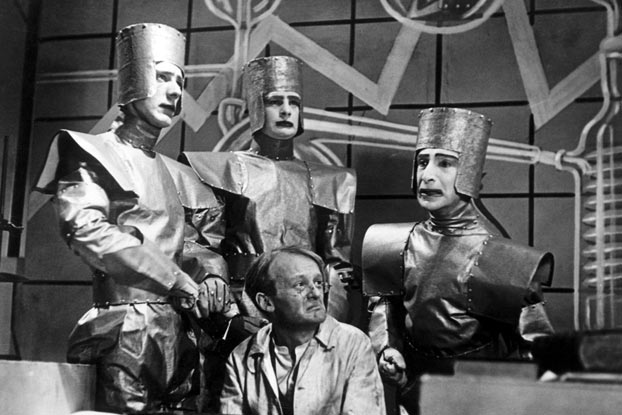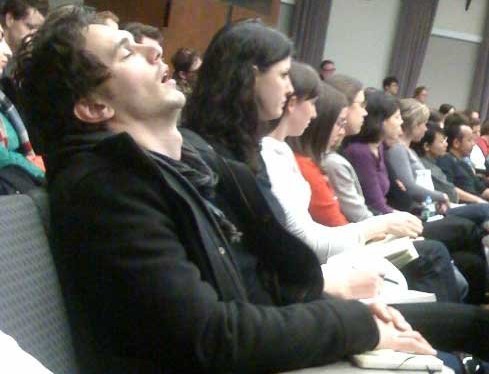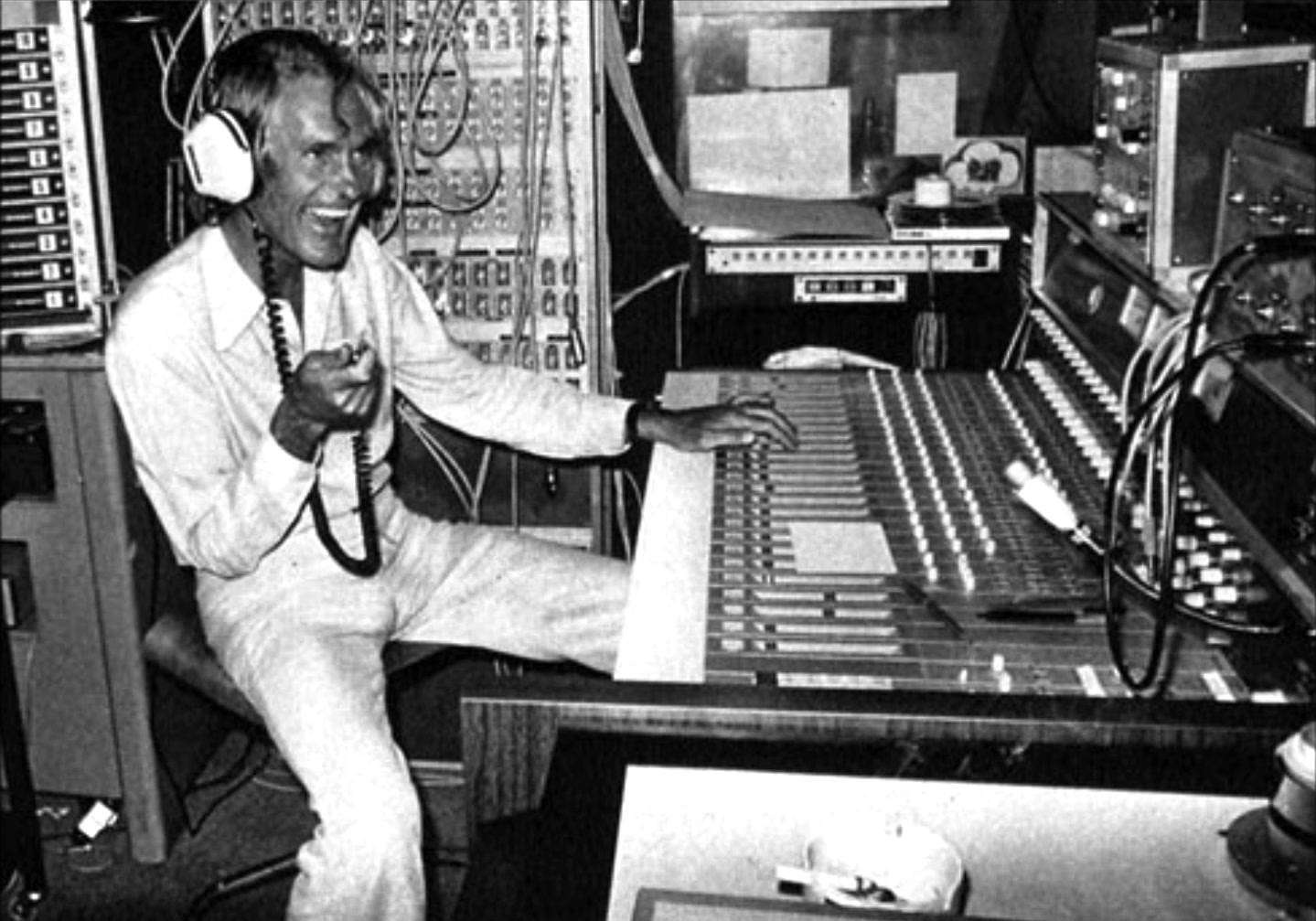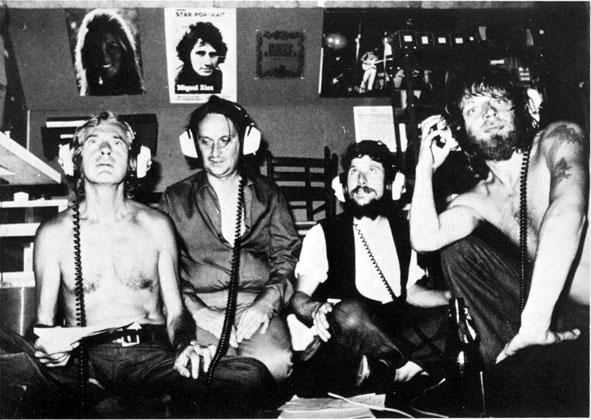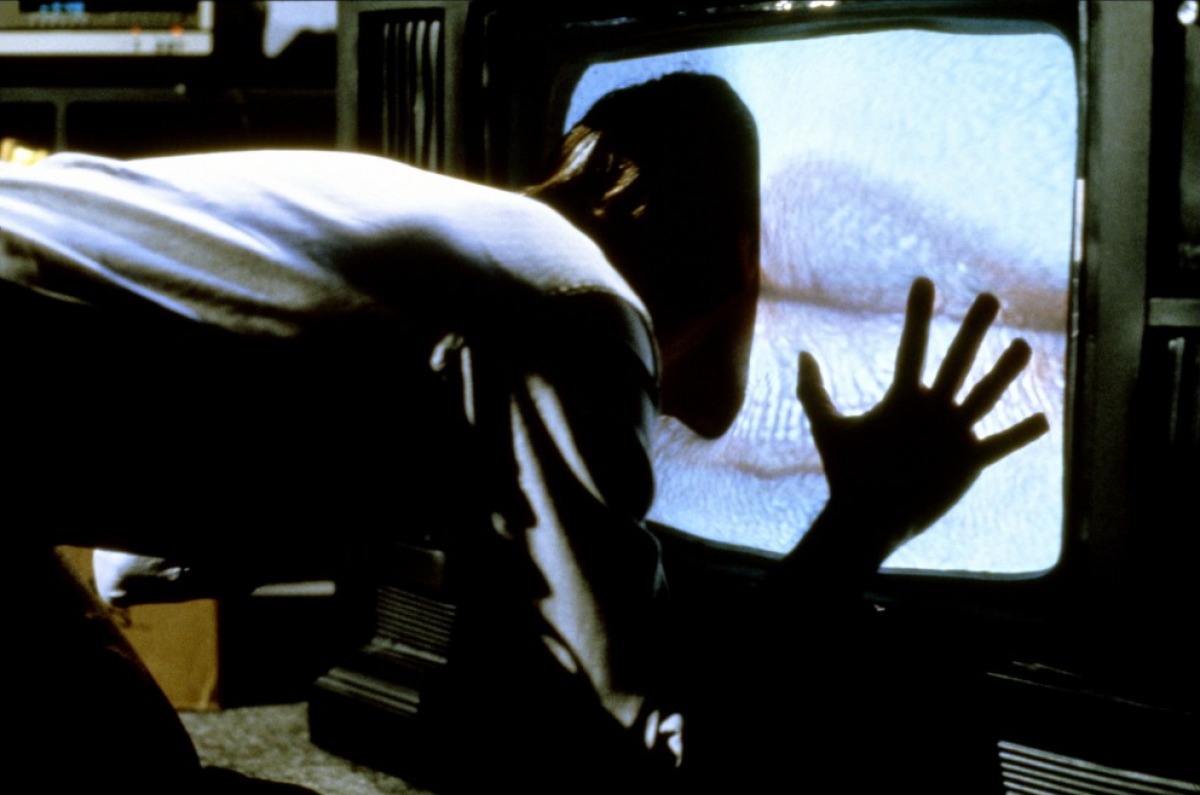Here is my remedy. A vast, dramatically planned city block. One to start with. Later on, one or more for each of the 80 towns in L.A.
My block would be a gathering place for each population nucleus. A place where, by the irresistible design and purpose of such a block, people would be tempted to linger, loiter, stay, rather than fly off in their chairs to already overcrowded places.
Let me peel my ideal shopping center like an onion:
At the exact center: a round bandstand or stage.
Surrounding this, a huge conversation pit. Enough tables and chairs so that four hundred people can sit out under the stars drinking coffee or Cokes.
Around this, in turn, would be laid the mosaics of a huge plaza walk where more hundreds might stroll at their leisure to see and be seen.
Surrounding the entirety, an immense quadrangle of three dozen shops and stores, all facing the central plaza, the conversation pit, the bandstand.
At the four corners of the block, four theaters. One for new films. A second for classic old pictures. A third to house live drama, one-act plays, or, on occasion, lectures. The fourth theater would be a coffee house for rock-folk groups. Each theater would hold between three hundred and five hundred people.
With the theaters as dramatic environment, let’s nail down the other shops facing the plaza:
Pizza parlor. Malt shop. Delicatessen. Hamburger joint. Candy shop. Spaghetti cafe….
But, more important, what other kinds of shops are most delicious in our lives? When browsing and brooding, what’s the most fun?
Stationery shops? Good. Most of us love rambling among the bright papers in such stores.
Hardware shops? Absolutely. That’s where men rummage happily, prowling through the million bright objects to be hauled home for use some other year.
Two bookstores, now. Why not three?
One for hardcovers, one for paperbacks and the third to be an old and rare bookseller’s crypt, properly floundered in dust and half-light. This last should have a real fire-hearth at its center where, on cool nights, six easy chairs could be drawn about for idling bookmen/students in s‚ance with Byron’s ghost, bricked in by thousands of ancient and honorable tomes. Such a shop must not only spell age but sound of its conversation.
How about an art supply shop? Fine! Paints, turpentines, brushes, the whole lovely smelling works. Next door? An art gallery, of course, with low- and high-price ranges for every purse!
A record shop, yes? Yes. They’ve proven themselves all over our city, staying open nights.
What about a leather shop, and a tobacconist’s … but make your own list from here on! The other dozen or two dozen shops should be all shapes, sizes and concepts. A toy shop. A magic shop, perhaps, with a resident magician.
And, down a small dark cob-webbed alley, maybe a ramshackle spook theater with only 90 seats where every day and every night a different old horror film would scuttle itself spider-wise across a faintly yellow parchment-screen….
There you have my remedy. There’s my plan to cure all your urban ills.
Good grief! you cry, what’s so new about that!?
Nothing, I reply, sadly. It’s so old it now must become new again. Once it was everywhere in some form. Now it must be thought of and born all over again.
It has existed in the arcades surrounding St. Mark’s Square in Venice, Italy, for more than five hundred years. It exists in the Galleria in Milan where, one hundred years ago Mark Twain fell in love with it and wanted to stay on forever at its “tables all over these marble streets, people sitting at them, eating, drinking, smoking — crowds of other people strolling by — such is the Arcade. I should like to live in it all my life. The windows of the sumptuous restaurants stand open, and one dines and enjoys the passing show.”
If we could summon Mark Twain back from the dead he might well point out, ironically, that we already have many such plazas in Los Angeles, which have languished and fallen into disuse. We have forgotten why Pershing Square and the Olvera Street Plaza were built: as centers about which to perambulate souls and refresh existences.
Life really begins at dusk in Rome. In the blue hour, and late on through the idle evening, shopping continues, mixed with time to wander, linger, sit, and stare.
The Plaza I have constructed here should never be built unless it opens for business at three each afternoon. Week nights it should stay open until at least 11:00. Friday, Saturday and Sunday nights the closing hour should be 1 or 2 a.m.
Will this take some real doing? Yes. Because your average small American businessman is locked into a nine to five schedule. No new hours are worth considering. So, thousands of new customers are ignored and your small business flounders for seemingly inexplicable reasons.
Your small businessman has many reasons to affiliate himself in such an amiable environmental plaza as the one I propose, where he will be guaranteed a fresh river of pedestrians every hour. And being situated on the north, south, east or west side of the plaza will not affect his business by so much as a cent.
Bring that small businessman in, then, into this effort to recenter our lives. Give the community back to the community, to build a base for young and old, and discourage the endless miles of mindless driving as millions of people pass other millions looking for Somewhere To Go.
But, the Somewhere To Go will only work, I repeat, if it opens late and closes late.
Which brings us round to a final description of my Plaza:
- Bandstand at the center on which local talent can sing and play.
- Four hundred or five hundred chairs surrounding the bandstand, where people can sit all night, every night, under the heavens. In winter, such as it is in California, outdoor heating can be installed.
- Around this, the great pedestrian treadway. On this, real people actually walking!
- And around them, in turn, the shops, the theaters.
- Underneath: parking. Or the next block over, hidden, for God’s sake, behind bushes and trees!
Final points:
- In all eating places, plenty of booths facing each other, for conviviality. Too many places, like Baskin-Robbins, have seats lined up against the walls. The message implied is: So Long. Get Away. Goodbye.
- Again: late hours. Better a small businessman working ’til midnight than a small businessman bankrupt and on relief.•


